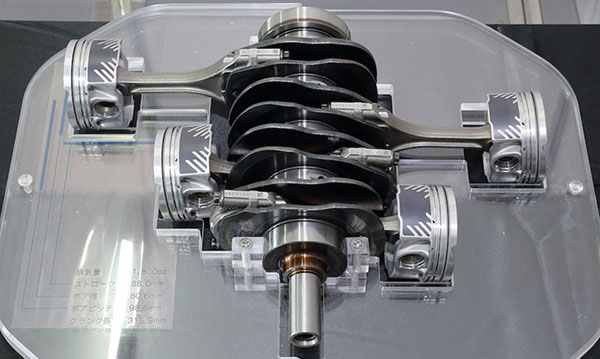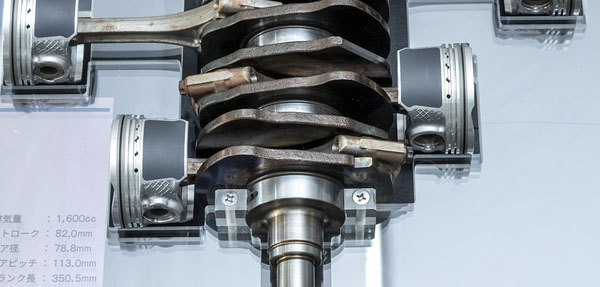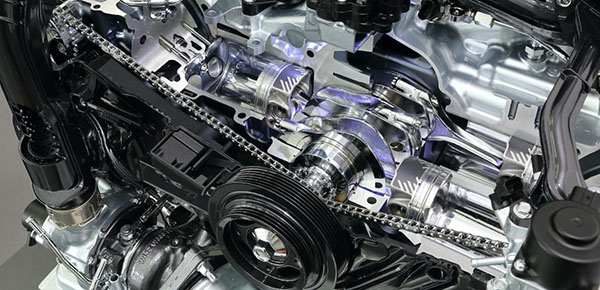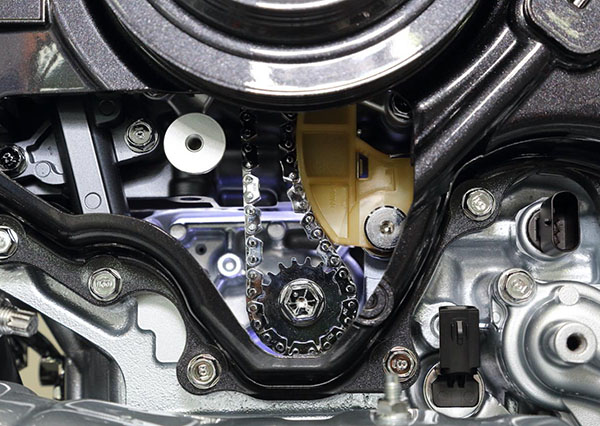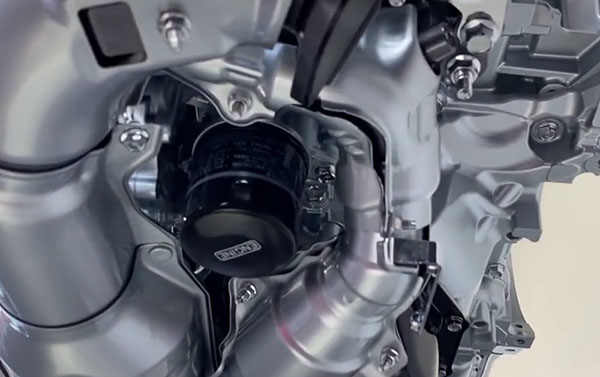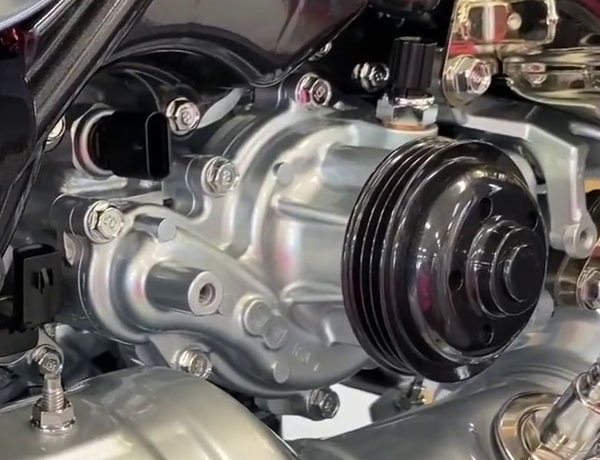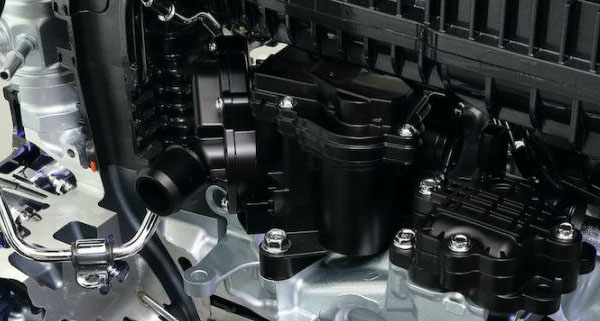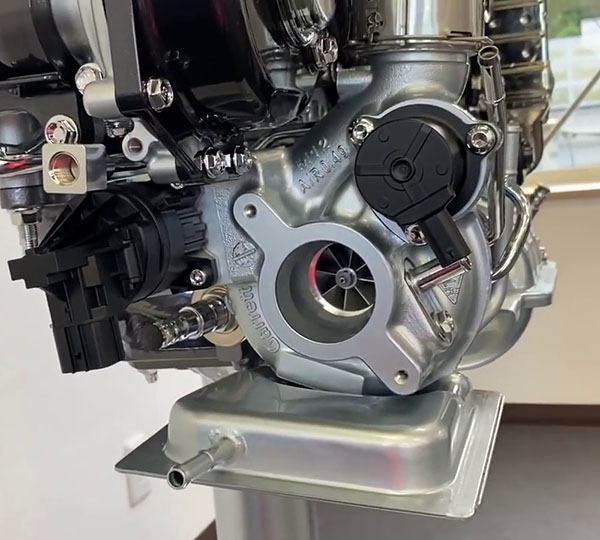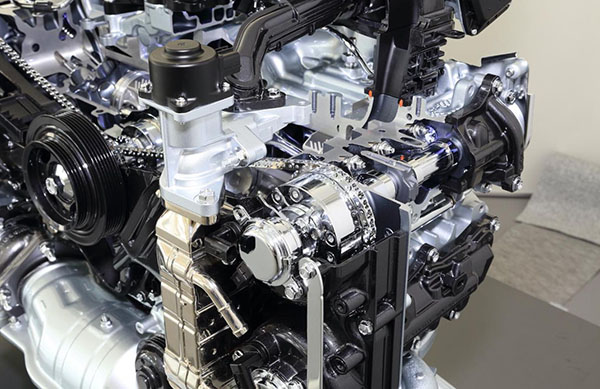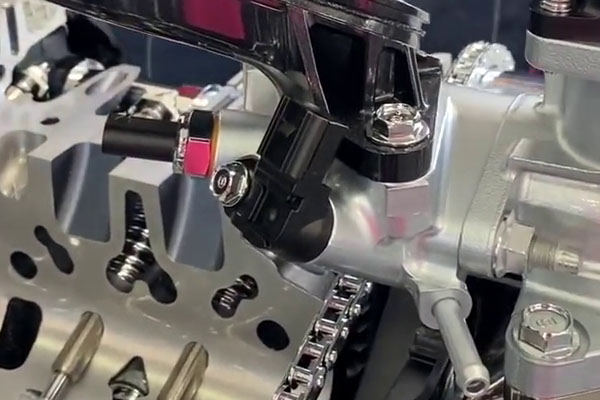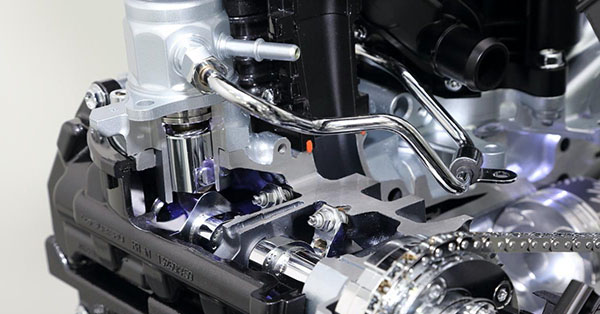|
Eugenio,77
Ten years after the start of FB engines production, Subaru presented the first engine of the new promising CB series. The debut models, presented in October 2020 - a new Levorg VN5 and restyled Forester SK5 (for JDM version, the turbo engine actually replaced the old FB25).
If earlier there was a certain alphabetical sequence in the names of engines, then the new series falls out of it. Subaru interpret the letters as "Concentration Boxer" (instead of the previous "Future Boxer"). The previous FB16 DIT is officially considered as the reference engine for CB18. Mechanical The cylinder block is traditional, light-alloy open-deck, with fused liners. The bore spacing (between the centers of the cylinders) is 98.6 mm instead of 113 mm for FB. For the first time, the crankshaft is installed with an 8-mm offset (or desaxage - the cylinder axes do not intersect with the longitudinal axis of the crankshaft, which reduces the load and friction between the piston and liner when the maximum pressure is created in the cylinder).
Noteworthy are the extremely thin crankshaft webs and counterweights (smaller than the EJ, not to mention the FB).
As a result, the crankshaft length is 315.9 mm versus 350.5 mm of FB16. The total length of the motor has decreased by 40 mm, and the mass reduced by a half dozen kilograms. In terms of the bore and piston stroke raio (more than that of FB), the engine is really long-stroke. The pistons have become even more compact, the location of the drain holes in the oil scraper ring groove has changed. The traditional polymer coating on the skirt looks unusual: different pattern for different sides of the piston (∨ or ∧), so with each piston stroke the oil is directed to the central zone.
The split of the connecting rod end is horizontal (in contrast of the FB diagonal split). The cylinder head was changed again (as expected after FB's nightmare oil leaks), each camshaft has its own valve cover. The exhaust ports are now combined inside the head to "integrated manifold".
The injector is installed as close as possible to the spark plug, in the center of the combustion chamber (so-called vertical injection realised).
Allergy to hydraulic lash adjusters did not pass, but the principle of adjusting has changed to a more technological one - screws instead of shims. The drivetrain is similar to FB - two single-row roller chains, variable valve timing actuators for all camshafts (Dual AVCS).
Two separate drivebelts look somewhat unusual - for the coolant pump and for the generator/compressor. Lubrication The oil pump of variable capacity is located underside and driven by silent type chain.
Oil nozzles are used to lubricate and cool the pistons. The filter is hidden now - it stands vertically under the engine between the plexuses of the exhaust pipes.
The capacity of the lubrication system decreased by a liter compared to FB (the previous 5 liters looked ugly, but now the oil will age even faster). The range of the nominal viscosity was lowered to 0W-16..0W-20 (instead of 0W-20..5W-40 for FB16). Cooling The coolant pump, at least in this version, is of traditional mechanical type (while Toyota using now electric pumps, more suitable for hybrids).
The large thermo control valve made its debut not too long ago, on SK with the FB25D. It replaces the classic thermostat and allows, immediately after starting, to quickly warm up the cylinder block, then the head and lastly use the radiator (and vice versa, in a loaded mode, improve cooling in advance).
Intake and exhaust Intake - intercooler turbo type. The Garrett M12 turbocharger is a single-scroll (instead of twin-scroll for FB), reduced turbine should improve its responsiveness at low revs. The WGT obtained a more progressive electric actuator.
Special intake geometry changing devices (like TGV on FB) are not used here. Exhaust gas recirculation has become even more vicious, and Subaru added EGR temperature sensor and EGR pressure sensor - so it will not be so easy to shut the source of engine poisoning.
Fuel system Alas, Subaru again choose the bad option of purely direct injection (rather than the combined injection of Toyota). In addition to the normal mode of a stoichiometric mixture, the LeanBurn mode is used at loads and speeds from low to medium (air-fuel ratio is up to 1:30 - so called "lambda = 2" concept). The fuel pressure is regulated up to 32 MPa (which is surprising after Toyota 20+). The injection pump is now driven by the right intake camshaft (the vacuum pump, in turn, moved to the left).
NOx storage catalyst installed in the exhaust, accepts excess nitrogen oxides when lean-burn operating (when filling, it is burned-out by feeding an over-enriched mixture). Regardless all, recommended gasoline (as for the FB16 DIT) is Regular (RON 91). Toyota engines review |
|


